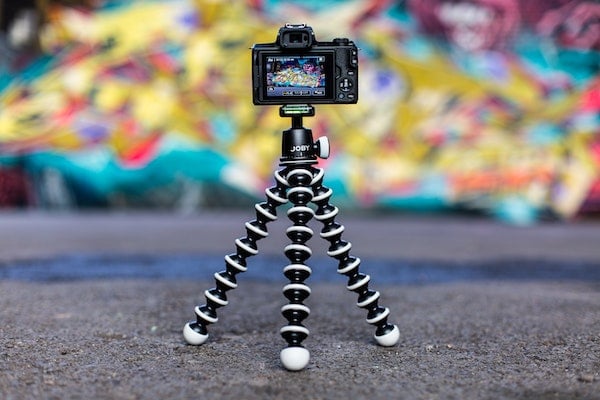Published on
Two Practical Tools for Distance Teaching

Right now, thousands of instructors are doing their best to teach distance courses. Some of these instructors are experienced in online teaching, but it’s a new endeavor for many.
For this less experienced group, teaching online is a huge new task. Since many are used to conducting lectures and using whiteboards to teach, their reflex is to use those tools in their now-online courses. This admittedly isn’t the best way to teach on this platform, but it’s something that instructors know how to do, and most of them are pretty good at it.
In moving each course online, we’re realistically not shooting for the best possible online course. We’re just trying to provide course content and structure that students can learn from. The concept of “good enough” is what we’re pursuing, and that includes interaction in a form that faculty have some comfort level with.
The concept of “good enough” is tricky. Should we strive to do the very best design we can? Of course, but there are limits to what’s possible when an instructor has been forced to move a course online with an extremely short deadline and limited support. Let’s concede that in this situation, some lectures or short recordings made with tools the instructor is comfortable with can be a plus. It makes the class easier for them to structure and sequence.
There is another plus that’s often missed–we all have expectations about our experiences. Students have expectations about what a class is, and there is value in meeting some of those expectations. Encountering recordings and lectures in an online course provides some familiar visual context that is otherwise missing. Lectures may not be every student’s favorite thing, but they are usually part of a student’s prior experience and therefore their expectations. If students expect a lecture, giving it to them isn’t a bad idea.
Instructors are going to have more confidence in tools and techniques they are used to using. I’d rather see an instructor use recorded lectures with whiteboards than struggle to do more sophisticated online work that they aren’t sure how to use.
OK, let’s talk about how to make it possible for instructors to use some familiar tools. In today’s online world, what tools do an instructor need to interact with students in a “good enough” setting?
Answer: video, audio, presentation graphics and a whiteboard function. You can debate these, but with those four tools, you can interact live online with students or entirely replicate a lecture. Readings, content access, links and online references are obviously critical; however, interaction with students will compensate for some design deficiencies.
The first three tools of interaction are easy. A webcam and microphone will provide video from an instructor’s home. It’s also easy to show video, pictures, documents and presentation graphics like PowerPoint or Keynote, or even to , text or chat with students. But the remaining item an instructor needs to replicate the classroom experience is a whiteboard and a way to write on it. For some classes, this is a primary teaching tool, especially where mathematics or statistical notation is involved.
An electronic whiteboard is included in some web conference tools, such as Zoom, the most popular conferencing app. However, it’s absent in many course platforms and other web conferencing tools. The easy fix is tool #1, an inexpensive ($100) portable document camera that plugs into a USB port and shows the image of a notebook or stack of paper under it. With a couple of colored Sharpies, an instructor can draw or write on the paper, making a whiteboard that is incidentally much easier for students to read than the whiteboard in most classrooms. Record live video or take still photos as needed to help students.
If you have an electronic whiteboard like the one in Zoom, you still need something better than a mouse to write or draw. Even some touch screens on laptops are not designed to write or draw with a stylus. The answer is tool #2, an inexpensive graphics tablet that plugs into a USB port and allows drawing on the tablet with a stylus. There are many of them on the market in various sizes, starting at around $25, which is quite affordable. Most of these tablets don’t show an image, so there is a learning curve to writing on the tablet surface while looking at the computer screen. But with these tools, you can write, draw or work statistical problems as needed.
To avoid a gotcha, remember that most laptops have a limited number of USB ports. Keep in mind that you can buy a port expander for about $10; this provides multiple ports to connect all the equipment.
These tools are helpful to instructors immediately. We can worry about elevating teaching technique as we work through the current crisis. There’s nothing about these tools that an instructor can’t master with a little practice, and that may help them be a bit more than “good enough.”
Author Perspective: Administrator



